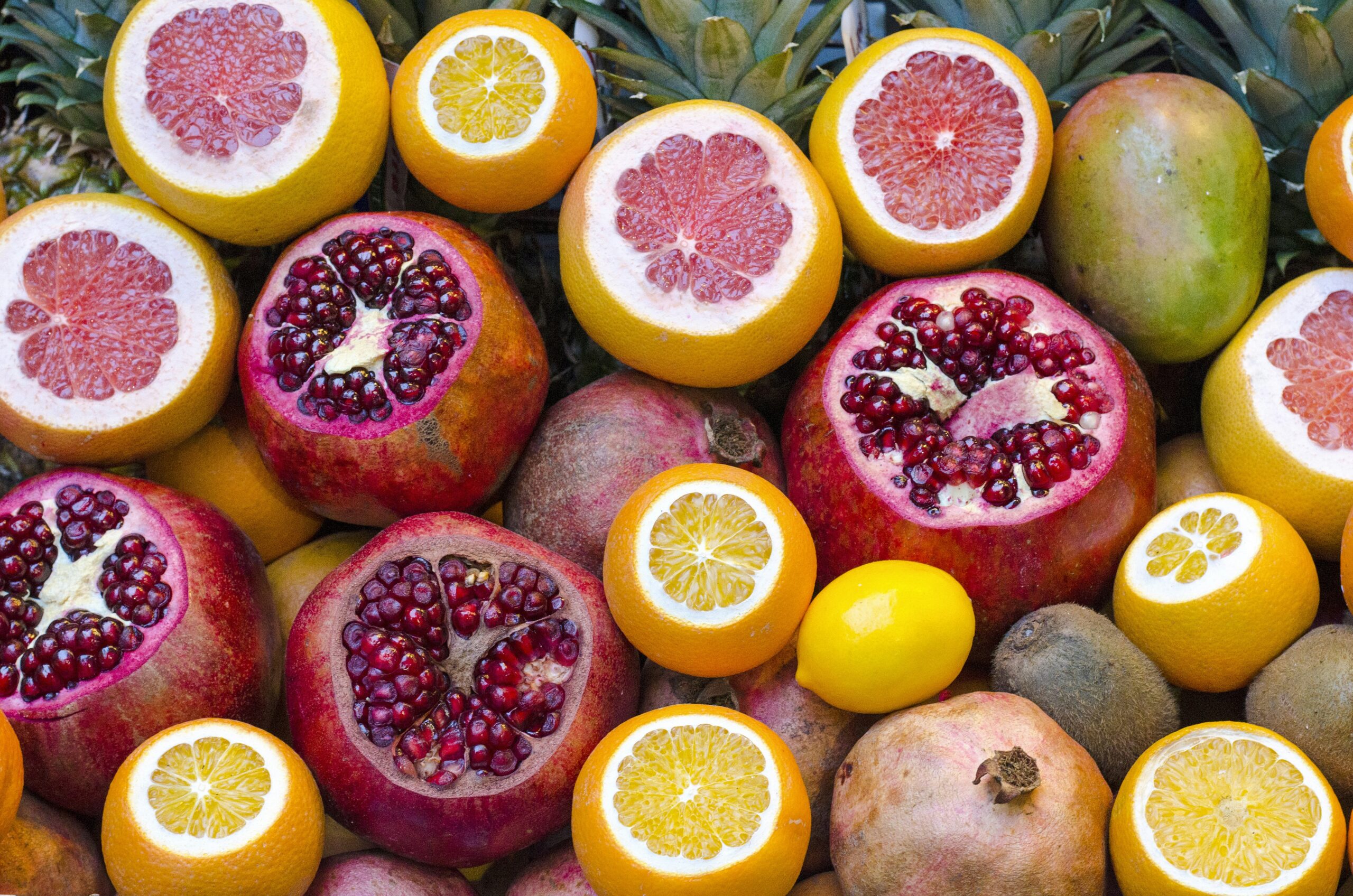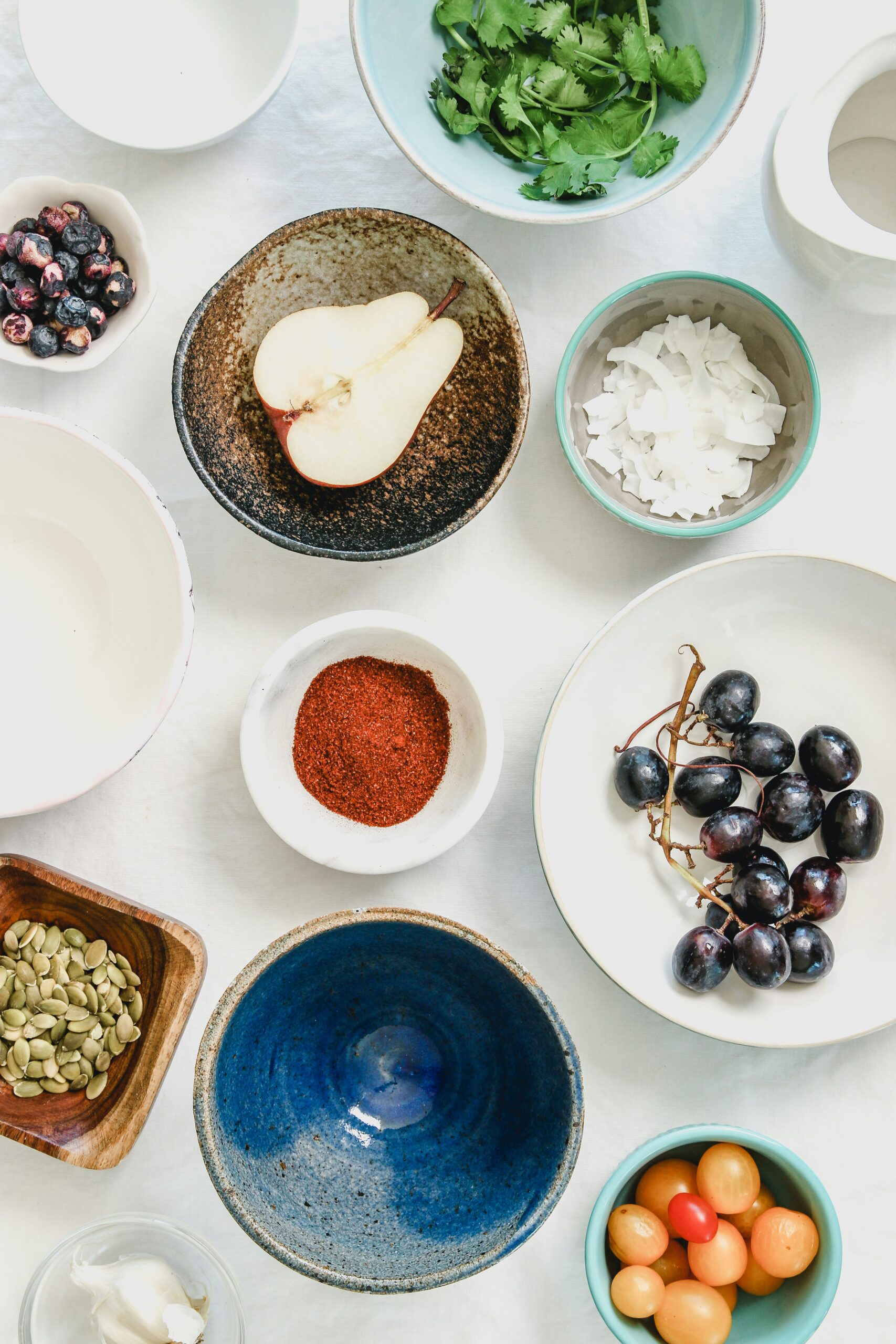Imagine sitting at a table, surrounded by warm laughter and mouthwatering aromas. As you take a bite of the hearty stew in front of you, you wonder about the origins of this delicious comfort food. Where did down home cooking come from? This article explores the rich history behind this beloved culinary tradition and uncovers the diverse influences that have shaped it into the comforting cuisine we know and love today. Join us as we embark on a delightful journey through time, uncovering the roots of this cherished culinary tradition.

Down Home Cooking: An Overview
Welcome to the wonderful world of down home cooking! This culinary tradition encompasses a rich history, diverse flavors, and comforting dishes that make you feel right at home. In this comprehensive article, we will take a closer look at the definition, characteristics, and diversity of down home cooking. We will also explore its historic roots, the impact of slavery on its development, regional variations, key ingredients, famous dishes and recipes, its influence on American cuisine, representation in media and pop culture, its connection to family traditions, and the future of this beloved cooking style.
Definition of Down Home Cooking
Down home cooking is a term used to describe a style of cooking that focuses on hearty, flavorful, and often indulgent dishes. It is synonymous with comfort food, evoking feelings of nostalgia, warmth, and a sense of belonging. In its essence, down home cooking is about simplicity, using basic ingredients to create meals that are both satisfying and delicious.
Characteristics of Down Home Cooking
One of the main characteristics of down home cooking is the use of fresh and local products. From farm-fresh vegetables to locally sourced meats, fresh ingredients take center stage in this cuisine. This emphasis on freshness not only enhances the flavors but also ensures a connection to the land and the local community.
Another characteristic of down home cooking is the predominance of corn and pork in many dishes. Corn, in various forms such as cornmeal, grits, or cornbread, is a staple ingredient that adds texture and substance to dishes. Pork, whether in the form of bacon, ham, or sausage, brings its rich flavors and versatility to the table, making it a frequent star of down home cooking.
Furthermore, down home cooking is known for its use of hearty, filling foods that stick to your ribs. From creamy mashed potatoes to buttery biscuits, these dishes are designed to provide sustenance and comfort. They are often cooked slowly, allowing the flavors to meld together and creating a depth of taste that is hard to resist.
Diversity in Down Home Cooking
While down home cooking is often associated with the Southern United States, it is important to acknowledge the diversity within this culinary tradition. From Southern down home cooking to Midwestern variations and coastal influences, there is a wide range of flavors and regional specialties that contribute to the rich tapestry of down home cooking.

Historic Roots of Down Home Cooking
To truly understand the origins of down home cooking, we must delve into its historic roots. This cooking style has evolved over time, influenced by factors such as the pre-Civil War era, the post-Civil War era, and the impact of slavery.
Pre-Civil War Era
Prior to the Civil War, down home cooking was deeply influenced by the culinary practices of various ethnic groups, including the Native Americans, African Americans, and European settlers. These groups brought their own culinary traditions, ingredients, and techniques, which ultimately melded together to form the foundation of down home cooking.
Post-Civil War Era
The post-Civil War era saw a significant impact on down home cooking. With the emancipation of enslaved African Americans, there was a renewed focus on preserving and celebrating their culinary heritage. Many African Americans continued to cook using traditional African ingredients, cooking methods, and flavor profiles, which laid the groundwork for what would later be known as “soul food”.
Evolvement over Time
Over time, down home cooking continued to evolve, incorporating new ingredients, techniques, and cultural influences. It adapted to the changing times while still holding onto its roots, resulting in a diverse and dynamic culinary tradition that continues to be cherished today.
Impact of Slavery on Down Home Cooking
The impact of slavery on down home cooking cannot be overstated. Enslaved African Americans played a significant role in shaping the culinary landscape of the South, leaving behind a legacy of culinary excellence and innovation. Here, we will explore three main aspects of this impact: influences from African cuisine, the creation of soul food, and the concepts of survival and food optimization.
Influences from African Cuisine
Through their expertise in farming, cooking, and culinary techniques, enslaved African Americans brought with them a wealth of knowledge and traditions from their home countries. Their cooking methods, such as one-pot cooking and the use of spices, greatly influenced down home cooking. Traditional African ingredients like okra, peanuts, and black-eyed peas found their way into Southern cuisine, adding unique flavors and textures.
Creation of Soul Food
Soul food, a term coined in the 1960s, refers to the traditional African American cuisine that emerged from the experience of slavery. It is characterized by dishes such as fried chicken, collard greens, and cornbread, which continue to be popular today. Soul food represents the resilience and creativity of African Americans in turning meager ingredients into flavorful, nourishing meals.
Survival and Food Optimization
During slavery, enslaved African Americans were faced with limited resources and a need to make the most of what they had. This led to the development of techniques such as preserving food through smoking and curing, as well as using every part of the animal to minimize waste. These practices, rooted in survival, have become integral to down home cooking and are still celebrated for their resourcefulness.

Regional Variations in Down Home Cooking
While down home cooking has a strong association with Southern cuisine, there are distinct regional variations that add depth and diversity to this culinary tradition. Let’s explore three main regional variations: Southern down home cooking, Midwestern down home cooking, and coastal down home cooking.
Southern Down Home Cooking
Southern down home cooking is the quintessential representation of this culinary style. It is characterized by dishes like fried chicken, collard greens, cornbread, and pecan pie. The flavors are bold, the portions generous, and the traditions deeply rooted in Southern culture. From barbecue in Texas to gumbo in Louisiana, each state within the South brings its own unique spin to down home cooking.
Midwestern Down Home Cooking
Midwestern down home cooking is often associated with hearty, comforting dishes that reflect the region’s agricultural heritage. Meatloaf, hot dish, and apple pie are just a few examples of the comfort foods that define Midwestern cuisine. The use of ingredients like beef, potatoes, and dairy products creates a distinct flavor profile that is often enjoyed during family gatherings and community events.
Coastal Down Home Cooking
Coastal down home cooking brings the flavors of the sea to the table, combining fresh seafood with traditional down home cooking techniques. From crab cakes in Maryland to shrimp and grits in the Lowcountry, coastal regions have their own unique take on this culinary style. The abundance of fresh fish and shellfish, along with ingredients like rice and sweet potatoes, create a coastal cuisine that is both vibrant and delicious.
Key Ingredients in Down Home Cooking
Down home cooking is known for its reliance on certain key ingredients that form the foundation of many beloved dishes. These ingredients contribute to the distinct flavors and textures that make down home cooking so irresistible.
Use of Fresh and Local Products
One of the hallmarks of down home cooking is the emphasis on using fresh and local ingredients. From seasonal fruits and vegetables to locally sourced meats, the focus is on quality and supporting local farmers and producers. This commitment to freshness not only enhances the flavors of the dishes but also promotes sustainability and a connection to the community.
Predominance of Corn and Pork
Corn and pork are two ingredients that dominate the landscape of down home cooking. Corn, in its various forms such as cornmeal, grits, or cornbread, adds texture and depth to dishes. It is a versatile grain that can be incorporated into everything from batters for frying to hearty side dishes. Pork, in the form of bacon, ham, or sausage, brings its rich, smoky flavors to many down home dishes, creating a delicious contrast to other ingredients.
Use of Hearty, Filling Foods
Down home cooking is all about comfort and satisfying hunger. It embraces hearty, filling foods that warm the soul. From creamy mashed potatoes to velvety macaroni and cheese, these dishes provide a sense of contentment and nostalgia. Whether it’s a pot of chili simmering on the stove or a comforting bowl of chicken and dumplings, down home cooking ensures that you will never leave the table hungry.
Famous Dishes and Recipes in Down Home Cooking
Down home cooking is home to a myriad of famous dishes and recipes that have become staples of American cuisine. Let’s take a closer look at three iconic examples: chicken fried steak, buttermilk biscuits, and Hoppin’ John.
Chicken Fried Steak
Chicken fried steak is a beloved dish that epitomizes the indulgent nature of down home cooking. It consists of a tenderized piece of beef, coated in seasoned flour, and pan-fried to perfection. Served with creamy country gravy, this dish provides a crispy, flavorful exterior with a melt-in-your-mouth interior.
Buttermilk Biscuits
Buttermilk biscuits are a quintessential component of down home cooking. These flaky, buttery delights are made with simple ingredients such as flour, butter, baking powder, and of course, buttermilk. Whether served as a side with fried chicken or as the base for biscuits and gravy, they add a comforting presence to any meal.
Hoppin’ John
Hoppin’ John is a traditional Southern dish that combines rice, black-eyed peas, and bacon to create a flavorful, satisfying meal. It is often enjoyed on New Year’s Day, symbolizing good luck and prosperity for the year ahead. The combination of ingredients and spices creates a dish that is both filling and delicious, showcasing the heart and soul of down home cooking.
Influence of Down Home Cooking on American Cuisine
Down home cooking has had a significant influence on American cuisine as a whole. Its flavors, techniques, and traditions have shaped the way we eat and appreciate food. Let’s explore three main areas in which down home cooking has made an impact: the creation of comfort food, influence on fast food, and contribution to global food culture.
Creation of Comfort Food
Down home cooking has played a vital role in the creation of comfort food. The dishes and recipes associated with this culinary tradition evoke feelings of warmth, nostalgia, and familiarity. Whether it’s a big bowl of macaroni and cheese or a slice of homemade apple pie, down home cooking has provided us with a source of comfort and solace during both good and difficult times.
Influence on Fast Food
The influence of down home cooking can also be seen in the world of fast food. Many iconic fast food chains have roots in down home cooking, with menu items that draw inspiration from traditional Southern dishes. From fried chicken to biscuits and gravy, down home flavors have found their way onto the menus of fast food establishments, bringing a taste of home to millions of people.
Contribution to Global Food Culture
Down home cooking has made significant contributions to global food culture, thanks to its flavors, techniques, and diverse influences. Southern cuisine, in particular, has gained international recognition for its rich and soulful dishes. From barbecue to fried green tomatoes, the flavors of down home cooking have transcended borders, showcasing the unique culinary heritage of the United States.
Representation of Down Home Cooking in Media and Pop Culture
Down home cooking has found its place in various forms of media and pop culture. Its depiction in movies and TV shows, role in music and literature, and portrayal in cookbooks and food magazines have all contributed to the enduring popularity and recognition of this culinary tradition.
Depiction in Movies and TV Shows
Down home cooking has been prominently featured in movies and TV shows, often serving as a backdrop for heartwarming stories and familial bonds. From the iconic dinner scenes in “Fried Green Tomatoes” to the mouthwatering dishes on display in “Chef’s Table”, down home cooking has captured the attention and imagination of audiences around the world.
Role in Music and Literature
The influence of down home cooking extends beyond the kitchen and into the realm of music and literature. From blues songs that sing the praises of Southern cooking to novels that celebrate the flavors and aromas of down home cuisine, food has become a metaphor for cultural identity and a means to connect with readers and listeners on a deeper level.
Portrayal in Cookbooks and Food Magazines
Cookbooks and food magazines have embraced down home cooking, dedicating entire volumes to its exploration. These publications not only provide recipes and tips, but also tell the stories behind the dishes and the people who prepare them. They showcase the diversity of down home cooking, from regional variations to modern adaptations, allowing readers to bring a taste of home to their own kitchens.
Down Home Cooking and Family Traditions
Down home cooking has a special place in family traditions and plays a significant role in holiday celebrations and family gatherings. It is often during these occasions that the true essence of down home cooking shines through.
Role in Holiday Celebrations
Down home cooking takes center stage during holiday celebrations, when families come together to share a special meal. From Thanksgiving dinners with roasted turkey and all the trimmings to Christmas feasts filled with baked hams and sweet potato casseroles, these occasions allow for the expression of love and gratitude through food.
Contribution to Family Gatherings
Family gatherings, whether big or small, are incomplete without the comforting presence of down home cooking. Potluck dinners, backyard barbecues, and Sunday suppers are all opportunities for loved ones to share cherished recipes and pass down culinary traditions from one generation to the next. The act of cooking and enjoying a meal together strengthens familial bonds and creates lasting memories.
Culinary Skills Passed Down Generations
In the realm of down home cooking, culinary skills are often passed down from one generation to the next. Grandmothers teach their grandchildren how to make the perfect pie crust, fathers show their sons the art of grilling a steak to perfection, and mothers pass on their secret ingredient for the best fried chicken. These skills and traditions ensure the preservation and continuation of down home cooking for future generations to enjoy.
Future of Down Home Cooking
As the culinary landscape continues to evolve, down home cooking must adapt to modern dietary needs, fuse with other cuisines, and strive to revive and preserve traditional recipes. The future of this beloved cooking style is bright and full of delicious possibilities.
Adapting to Modern Dietary Needs
With an increasing focus on health and wellness, down home cooking must find ways to adapt to modern dietary needs. This means incorporating more plant-based options, reducing the reliance on heavy fats and sugars, and making dishes that cater to specific dietary restrictions. By embracing these changes, down home cooking can remain relevant and accessible to a wider audience.
Fusion with Other Cuisines
Fusion cuisine has become a popular trend in the culinary world, and down home cooking is no exception. By blending flavors, techniques, and ingredients from different culinary traditions, down home cooking can create exciting and innovative dishes that appeal to a diverse range of tastes. Whether it’s infusing Southern flavors into Asian stir-fries or incorporating Mexican spices into traditional Southern dishes, the fusion of cuisines opens up new possibilities and keeps down home cooking fresh and exciting.
Reviving and Preserving Traditional Recipes
As the world becomes more connected, traditional recipes can sometimes be forgotten or overshadowed by newer trends. To ensure the preservation of down home cooking, it is essential to revive and celebrate traditional recipes. Cookbook authors, chefs, and home cooks alike can play a vital role in preserving these culinary treasures by sharing recipes, documenting techniques, and honoring the rich history and heritage of down home cooking.
In conclusion, down home cooking is a treasure trove of flavors, traditions, and love. From its humble beginnings rooted in historical hardships to its influence on American cuisine and beyond, down home cooking continues to bring people together, evoke fond memories, and provide nourishment for the body and soul. As we journey through the pages of this article, we hope you have gained a deeper appreciation for the diversity, impact, and future of down home cooking. So grab a biscuit, savor the flavors, and enjoy the comfort of down home cooking. You are always welcome at our table.

